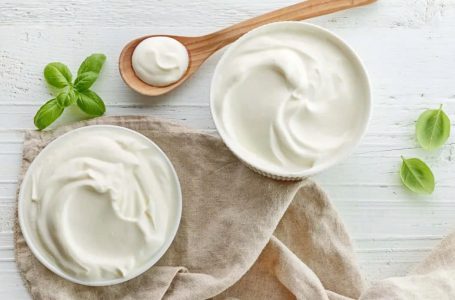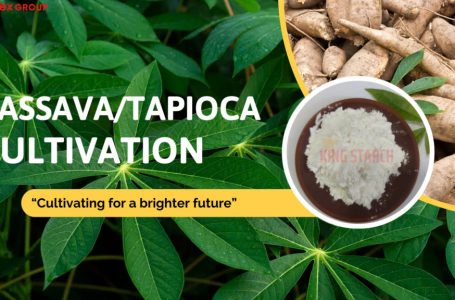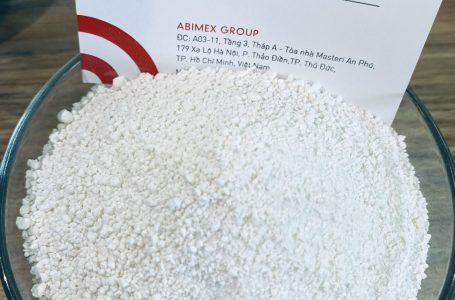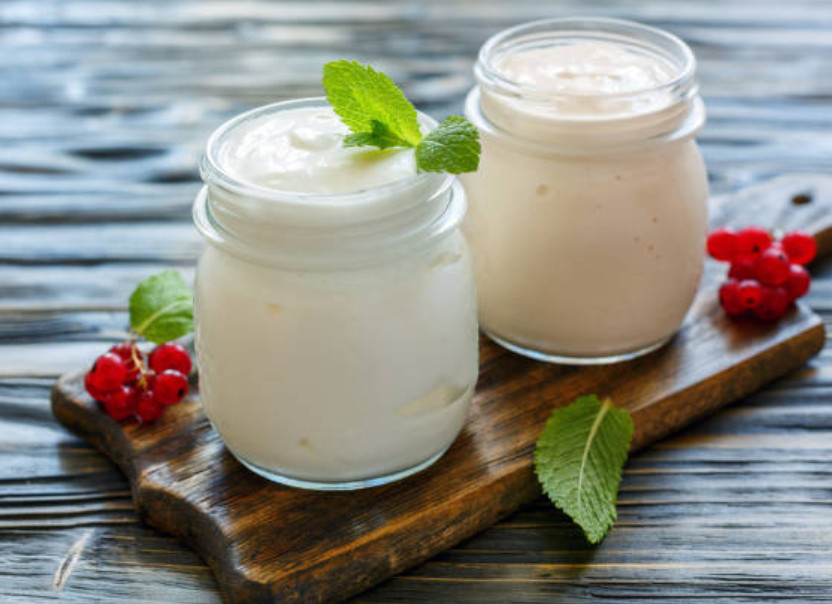
Yogurt has been a beloved dairy product for centuries, cherished for its creamy texture and numerous health benefits. As consumer demand for high-quality yogurt continues to rise, manufacturers are constantly seeking innovative ways to improve product consistency and texture. One such innovation is the use of modified tapioca starch. This versatile ingredient has proven to be a game-changer in the yogurt production process. Here are four essential roles that modified tapioca starch plays in enhancing yogurt texture.
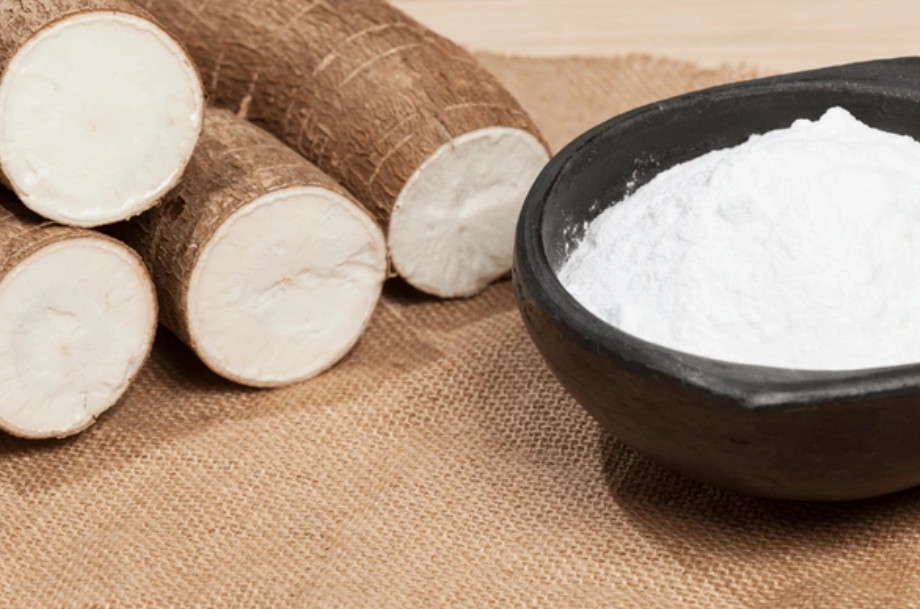
1. Enhancing Creaminess and Mouthfeel
One of the primary roles of modified tapioca starch in yogurt is to enhance creaminess and mouthfeel. Yogurt lovers crave that smooth, luscious texture that feels indulgent with every spoonful. Modified tapioca starch works by forming a stable, gelatinous network within the yogurt matrix, which helps create a thicker and creamier consistency. This improvement in texture can make low-fat or non-fat yogurts taste richer and more satisfying, meeting consumer expectations for a premium product. Additionally, this enhanced mouthfeel can also contribute to the perception of a higher fat content, which is particularly valuable in health-conscious markets.
2. Preventing Whey Separation
Whey separation, or syneresis, is a common issue in yogurt production. It occurs when liquid whey separates from the yogurt curd, leading to an unappealing watery layer on top of the yogurt. Modified tapioca starch plays a crucial role in preventing this separation. It acts as a stabilizer, binding water and keeping it evenly distributed throughout the yogurt. This not only improves the visual appeal of the yogurt but also maintains its desired consistency over time, ensuring a better experience for consumers. Furthermore, preventing whey separation helps in maintaining the nutritional integrity of the yogurt, as essential nutrients remain well-incorporated within the product.
3. Improving Viscosity and Body
The viscosity and body of yogurt are critical factors that influence consumer perception and satisfaction. Modified tapioca starch helps to significantly enhance these characteristics. By increasing the viscosity, yogurt becomes thicker and more spoonable, making it more enjoyable to eat. Additionally, the improved body of the yogurt results in a more uniform texture, free of lumps and graininess. This creates a smooth, homogeneous product that stands out on the shelves and encourages repeat purchases. Enhanced viscosity also allows for better incorporation of fruit, flavors, and other inclusions, leading to a more versatile and appealing product line.
4. Extending Shelf-Life Stability
Shelf-life stability is a major concern for yogurt manufacturers. Products that maintain their quality over a longer period are more attractive to retailers and consumers alike. Modified tapioca starch contributes to extending the shelf-life of yogurt by improving its structural integrity. The starch’s ability to hold water and stabilize the yogurt matrix prevents the breakdown of texture and consistency over time. As a result, the yogurt remains appealing and retains its desired properties throughout its shelf life. This extended shelf-life can reduce waste and increase the profitability of yogurt products, making them more sustainable and economically viable.
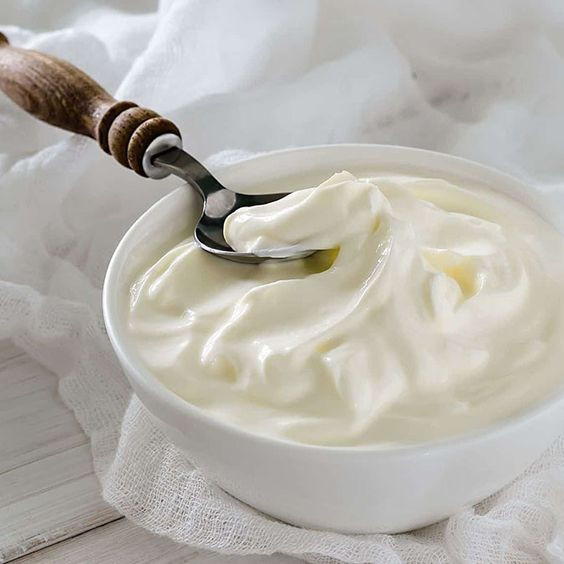
Conclusion
In conclusion, modified tapioca starch plays a vital role in improving the texture and consistency of yogurt. By enhancing creaminess, preventing whey separation, improving viscosity, and extending shelf-life stability, this innovative ingredient helps yogurt manufacturers meet and exceed consumer expectations. As the demand for high-quality yogurt continues to grow, incorporating modified tapioca starch into the production process is a smart and effective strategy to ensure product excellence.
Manufacturers looking to elevate their yogurt products should consider the benefits of modified tapioca starch. Its ability to enhance texture and consistency not only improves consumer satisfaction but also offers a competitive edge in the ever-evolving dairy market. By leveraging the unique properties of modified tapioca starch, yogurt producers can create products that delight consumers and drive brand loyalty. Additionally, the use of modified tapioca starch can open up new possibilities for product innovation, allowing manufacturers to develop unique yogurt varieties that cater to diverse consumer preferences and dietary needs.


